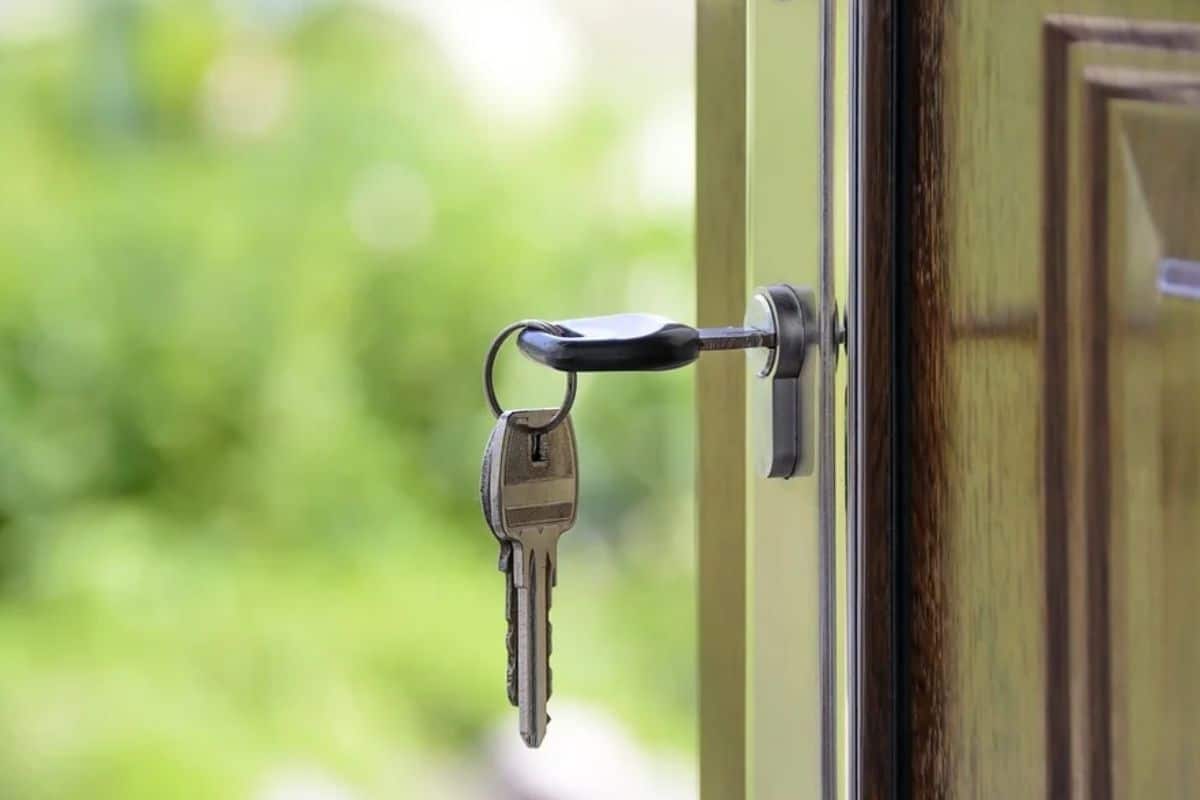Does the 1% Rule Apply to House Hacking?
No, the 1% rule doesn’t necessarily apply to house hacking. That’s because a house hacker’s goal might be to simply offset the mortgage or specific expenses, rather than have huge cash flow after moving out. It’s goal dependent.
What is the 1% Rule?
The 1% Rule in real estate states that a property should bring in at least 1% of its value in rent each month. For example, a $100,000 property meeting the 1% rule would bring in $1,000 in monthly rent.
The 1% rule is more of a guide than a true rule.
Some properties that don’t meet the 1% rule can still be great deals. And some properties that do meet the 1% rule are terrible.
For example, properties that have higher day-one yields are often in questionable areas.
So, while it might look great on paper, a decline in the area and its rental values could ruin it.
Similarly, a low yielding property might be in an appreciating area, or you might have room to add rental value.
So, for house hacking, should you use the 1% rule as a guidepost?
Your Goal Changes the Outcome
Do you really need to have a 1% rule deal for an effective house hack?
Well, it depends on what your goal is.
In short, the loftier your goal, the better the deal on the property you’ll need to get.
-Goal 1: Covering Your Mortgage
If you only need the property to cover your mortgage, you can afford to pay more for the property.
That might bring you well below the 1% rule.
Of course, you won’t be as flexible should you want to move out and keep the property as a rental, but at least your expenses will be lower than if you weren’t house hacking.
In any event, a lower yielding property can still work great as a house hack.
-Goal 2: Covering All of Your Housing Expenses
Ideally, your house hack can cover all of your housing expenses.
However, to do this, you’ll have to get a better deal.
Naturally, your mortgage plus your expenses will require more income to cover. You’ll need a higher yield.
So a property getting closer to meeting the 1% rule might be required.
-Goal 3: Keeping a Long Term, Cash Flowing Rental
In the best case scenario, a house hack can turn into a long-term, cash flowing rental property.
In that case, you’ll probably need an even higher yielding property.
Some properties can cash flow without meeting the 1% rule, though it gets more difficult as you lower the yield.
The 1% rule can be a helpful benchmark. But, even then, it’s only a starting point and doesn’t mean that something is definitely a great deal.
Improving a House Hacking Deal
Thankfully, there are ways to improve a deal after buying it.
Something that might not be a 1% rule deal in the first year might climb well above that in the future.
And house hacking also has a unique advantage: its available debt terms.
The Advantage of House Hacking Loan Terms

One reason the 1% rule might be overkill for a house hack deal is the fact that house hackers get access to uniquely cheap financing.
While a “normal” investment property might require a higher down payment, more fees, and a higher interest rate, a house hacker can often use loans with some of the best terms out there.
An investor typically can’t use a 5% down payment loan with the lowest rates, fixed for 30 years. A house hacker can.
And with that cheaper debt, this can lower the required yield for the deal to work great.
In that way, a house hacker can get away with a lower yielding property compared to the average investor.
Obviously, with any amount of debt, tread carefully.
But do realize that house hackers get a unique advantage by having access to amazing debt terms.
Adding Rental Value
Even if a property might be lower yielding early on, you can still add rental value over time.
Sometimes, the market will do this for you. A 0.75% yielding property might climb up over the 1% rule with significant rental appreciation.
Other times, you can add rental value directly.
Maybe a large house has space to section off an additional unit. Then you can charge higher rent for that unit.
Perhaps the building has the flexibility to add an additional dwelling unit, or “ADU.” That additional unit can dramatically improve the yield for a relatively low cost.
Real estate allows for flexibility. Just be sure that any changes you make to the property are up to code and don’t violate zoning laws.
Property Appreciation
Real estate value does not stop with yield.
A property can appreciate over time and return you many times the potential cash flow that it throws off.
For example, a property initially worth $300,000 might grow to $500,000 over a decade due to market forces.
Even if it didn’t cash flow at all in that time, between the appreciation, principal paydown, and tax benefits, you multiplied your money many times over (assuming you used a low-down payment loan).
You can also find ways to add value directly to the property. This is called “forced appreciation.”

You might improve the finishes, change the layout, or add bedrooms, among other things.
As with rental values, you can improve the overall property value as well.
Of course, the property can lose value over time in a worst case scenario, even if you try to force appreciation, so it’s no excuse to overpay for a property.
And you wouldn’t want to spend a bunch of time and money on rehabbing the property for no results.
Make sure you run the numbers carefully (and conservatively!) before entering any real estate deal.
Should You Use the 1% Rule for House Hacking?
So should you use the 1% rule for house hacking? No, not necessarily – the 1% rule is simply a measuring stick for the yield on the property. A lower yielding property can still work well.
If the property fails to meet the 1% rule, it might still be a great deal for your goals.
Plus there’s always a chance to add to the rental value through improvements you make to the property.
Don’t limit yourself to only looking at properties that meet the 1% rule. Look for creative ways to make the deal work, and make sure that a property that does meet the 1% rule actually is a good deal!
Simply put, don’t get totally caught up on yield.
This website, and any communication stemming from it, should not be taken as financial or legal advice for your specific situation. Consult directly with a licensed financial professional should you need investment advice and consult directly with a licensed attorney directly should you need legal advice. Assume all links are affiliate links. I am an Amazon affiliate.


